

Get the latest news and information on world heritage, China heritage, heritage sites, heritage museums and heritage arts
 At a conference in Xi'an, archaeologists discuss how the digitalization of historical sites and relics help recreate communities, allowing them to look into the past and see the future.
At a conference in Xi'an, archaeologists discuss how the digitalization of historical sites and relics help recreate communities, allowing them to look into the past and see the future.
Intangible heritage is impalpable like the air, light and nimble like music, and furtive like a dance movement. Yet there is nothing stronger in bringing us together as a single community.
 For the first time, mysterious Indian rulers and royal life are unveiled in front of Chinese audiences at the Palace Museum, igniting sparks from the cultural collision between the two ancient civilizations.
For the first time, mysterious Indian rulers and royal life are unveiled in front of Chinese audiences at the Palace Museum, igniting sparks from the cultural collision between the two ancient civilizations.
In recent years, digital technologies have not only given new life to ancient works,but have become an important bridge between museums and the public.
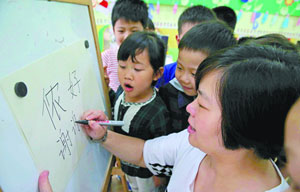 Children in Shanghai will be expected to learn the local dialect in kindergarten.
Children in Shanghai will be expected to learn the local dialect in kindergarten.
 A female participant in the event kisses the mask of an actor at a restaurant in Kuanzhai Xiangzi.
A female participant in the event kisses the mask of an actor at a restaurant in Kuanzhai Xiangzi.
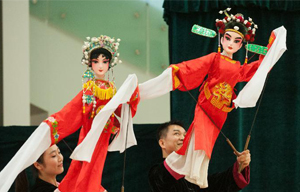 Performers operate puppets during a Lingnan puppet show held by the Guangdong Provincial Puppet Art Theater at the Guangzhou Library to mark the 8th national Cultural Heritage Day.
Performers operate puppets during a Lingnan puppet show held by the Guangdong Provincial Puppet Art Theater at the Guangzhou Library to mark the 8th national Cultural Heritage Day.
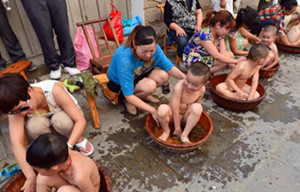 People in Zigui, the hometown of Qu Yuan, prepare to celebrate the upcoming Dragon Boat Festival, or Duanwu Festival in June 12 this year.
People in Zigui, the hometown of Qu Yuan, prepare to celebrate the upcoming Dragon Boat Festival, or Duanwu Festival in June 12 this year.
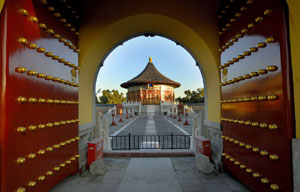 The Temple of Heaven, or the Altar of Heaven, was founded in 1420 during the reign of Mingle Emperor of Ming dynasty.
The Temple of Heaven, or the Altar of Heaven, was founded in 1420 during the reign of Mingle Emperor of Ming dynasty.
 China's traditional arts have made one of the greatest artistic and cultural contributions to the nation's rich heritage and to mankind. This can be seen even from small day-to-day supplies.
China's traditional arts have made one of the greatest artistic and cultural contributions to the nation's rich heritage and to mankind. This can be seen even from small day-to-day supplies.
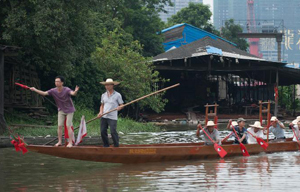 Villagers have a trial run of their new dragon boat during a launching ceremony at the Chenhanhui Shipyard at Shangjiao village in Guangzhou, capital of South China's Guangdong province, June 6, 2013.
Villagers have a trial run of their new dragon boat during a launching ceremony at the Chenhanhui Shipyard at Shangjiao village in Guangzhou, capital of South China's Guangdong province, June 6, 2013.
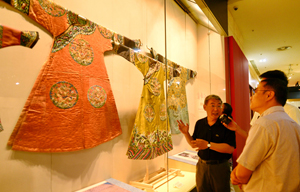 The exhibition, which presents about 200 garments in Shandong's provincial capital Jinan, features clothes worn by emperors, nobles and ordinary people.
The exhibition, which presents about 200 garments in Shandong's provincial capital Jinan, features clothes worn by emperors, nobles and ordinary people.